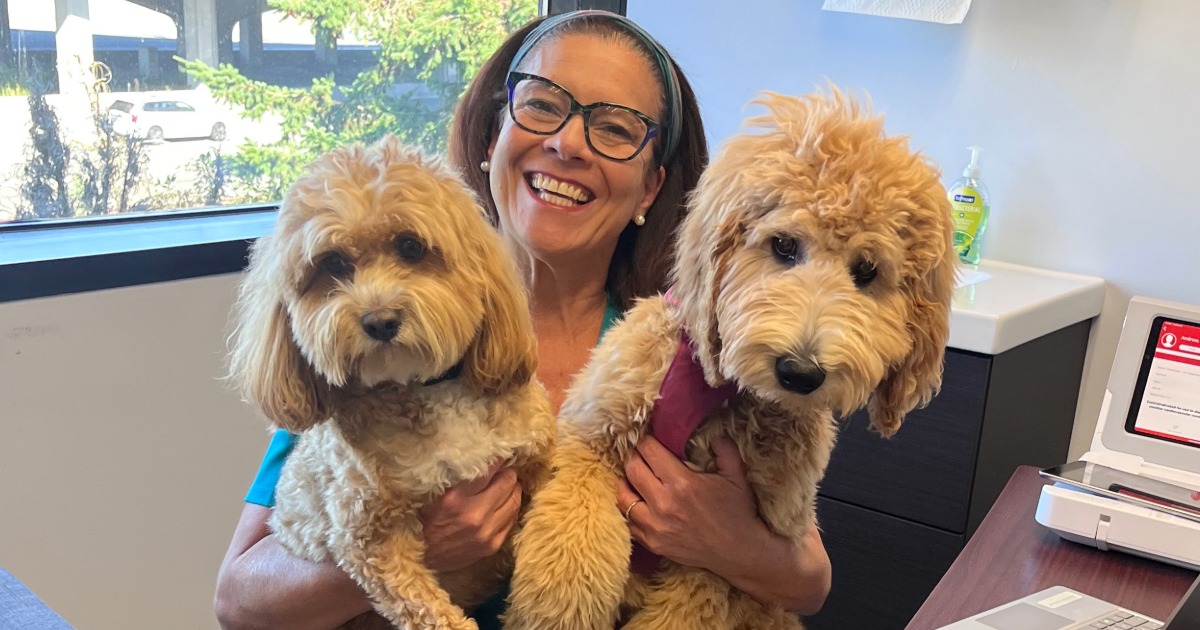The healthcare industry continues to face fraud, and much of it goes unexamined every year.
The GAO estimates that in 2010 more than $70 billion in improper payments were made by the federal government within the Medicare and Medicaid programs alone. According to the National Healthcare Antifraud and Abuse Association, between three and ten percent of all healthcare spending is lost to fraud.
In light of this, here are four new strategies the industry can adopt to combat fraud effectively:
1. Recognize the three most frequent kinds of fraud and develop separate approaches to combat them. Fundamentally, fraud can be divided into three categories:
- Identity fraud: One or more identities associated with the claim – the provider, patient, supplier, plan or processor – are fraudulent. It is shockingly easy to commit provider identity theft using publicly available information.
- Transactional fraud: The identities associated with the claim are real, but the services and equipment were not or should not have been provided; this incorporates fraud, but also what is known as waste and abuse of the healthcare system. This can include fictitious services but also upcoding, unbundling and other practices.
- Collusive fraud: The identities are real and a single claim may be plausible, but the larger pattern of claims reveals an organized conspiracy among multiple entities to defraud health payers. “Pill mills,” “rent-a-patient” schemes and kickbacks are examples of collusive fraud.
Different strategies and technologies are needed to combat each of these fraud types. Identity fraud requires collaboration with organizations that specialize in public and financial records, site investigators and other organizations trained in identity resolution.
[Related: A glimpse inside the $234 billion world of medical fraud.]
Transactional fraud requires an ability to move beyond existing correct-coding edit detection rules to create a longitudinal view of the true state of a patient’s health by examining prior clinical and pharmacy data for beneficiaries using a new generation of automated analytic technologies. Collusive fraud requires an ability to analyze networks of interaction between patients, providers, pharmacies and other entities using technologies similar to those used to root out financial and terrorist conspiracies.
2. Implement data fusion. One reason that fraud detection is so hit-or-miss is that payment decisions are usually based solely on the information within claims. Much of the evidence of fraud, however, may lie elsewhere. Public and financial records, network addresses and pharmacy data are examples. Perhaps the best opportunity is the potential fusion of claims and clinical data that will be possible as health information exchanges are widely deployed. The Social Security Administration is already using electronic clinical summaries to automate the review of some disability claims, and this approach can easily be extended to healthcare claims.
3. Understand that fraud is evolving. As we gradually move from a pure fee-for-service healthcare model to global payment approaches such as accountable care organizations, fraud will change rather than disappear. To be blunt, fraudsters will be less incented to lie about procedures and supplies (what was done) and more incented to lie about outcomes and quality measures (what was achieved). New tools and strategies will be needed to combat this kind of fraud.
4. Recognize “pay and chase” is only part of the solution. Retroactive efforts to detect and prosecute fraud are by nature incomplete. By the time the fraud has been uncovered, the perpetrators have often moved on and recovery of funds represents only a fraction of the actual loss. Credit card issuers have known for years that the only truly effective way to combat fraud is to deny payment for suspicious transactions. Technologies such as predictive modeling are now widely deployed in the financial services industry.
[See also: Top 10 data breaches inlcude public health departments.]
There have been some exploratory steps at the Centers for Medicare & Medicaid Services and elsewhere to adopt these innovations, but the primary roadblock to success is the payment system’s culture of rapid payment of claims. Efforts to move to prepayment detection and denial of claims face opposition from healthcare provider organizations. Therefore, any prepayment detection solution must include rapid-resolution approaches and consumer hotlines that enable providers to explain suspicious claims in the same way that credit card issuers ask consumers to explain suspicious purchases. This will also require people trained in fraud detection and automated technologies.
Although the menace of healthcare fraud continues to grow, the good news is that the coming explosion of electronic health data and innovation in “big data” analytics will provide an opportunity to move the needle on fraud. What do you think? I’m eager to hear your comments.
Craig Miller is vice president of health strategy and innovation at General Dynamics Information Technology.


